The 4-hour excursion will bring the spacecraft to just 131 ft (40 m) above Bennu.
Here’s a preview of the rehearsal: https://go.nasa.gov/30zVOgR
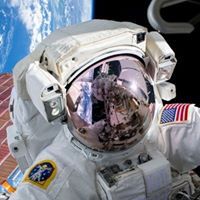
The 4-hour excursion will bring the spacecraft to just 131 ft (40 m) above Bennu.
Here’s a preview of the rehearsal: https://go.nasa.gov/30zVOgR
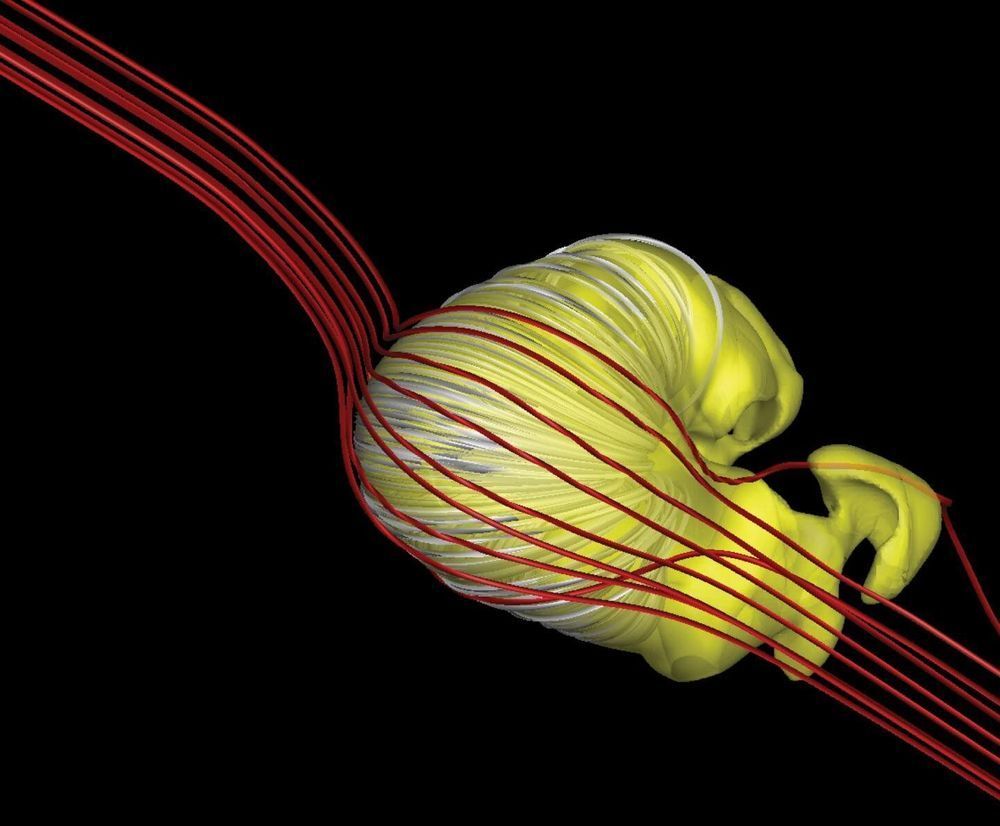
Scientists have developed a new prediction of the shape of the bubble surrounding our solar system using a model developed with data from NASA missions.
All the planets of our solar system are encased in a magnetic bubble, carved out in space by the Sun’s constantly outflowing material, the solar wind. Outside this bubble is the interstellar medium—the ionized gas and magnetic field that fills the space between stellar systems in our galaxy. One question scientists have tried to answer for years is on the shape of this bubble, which travels through space as our Sun orbits the center of our galaxy. Traditionally, scientists have thought of the heliosphere as a comet shape, with a rounded leading edge, called the nose, and a long tail trailing behind.
Research published in Nature Astronomy in March and featured on the journal’s cover for July provides an alternative shape that lacks this long tail: the deflated croissant.

The probe of China’s first Mars mission, Tianwen-1, successfully carried out its first orbital correction Sunday morning, according to the China National Space Administration.
The probe completed the orbital correction at 7 a.m. Beijing time after its 3000N engine worked for 20 seconds.
It had flown for about 230 hours in space, traveling 3 million kilometers away from the Earth by the time of the first orbital correction.
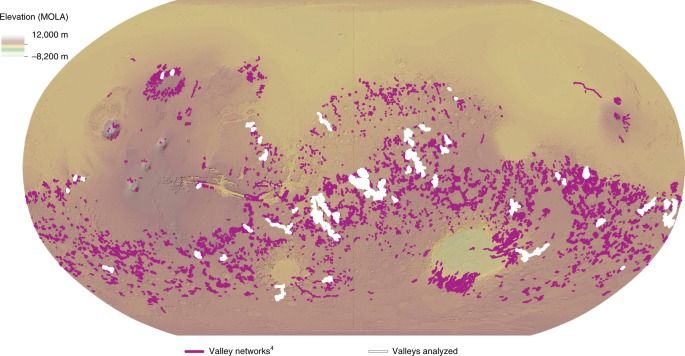
The southern highlands of Mars are dissected by hundreds of valley networks, which are evidence that water once sculpted the surface.
Some valleys in the southern highlands of Mars may have formed by subglacial erosion, consistent with a cold and icy early Mars, according to a statistical analysis of valley morphometry.
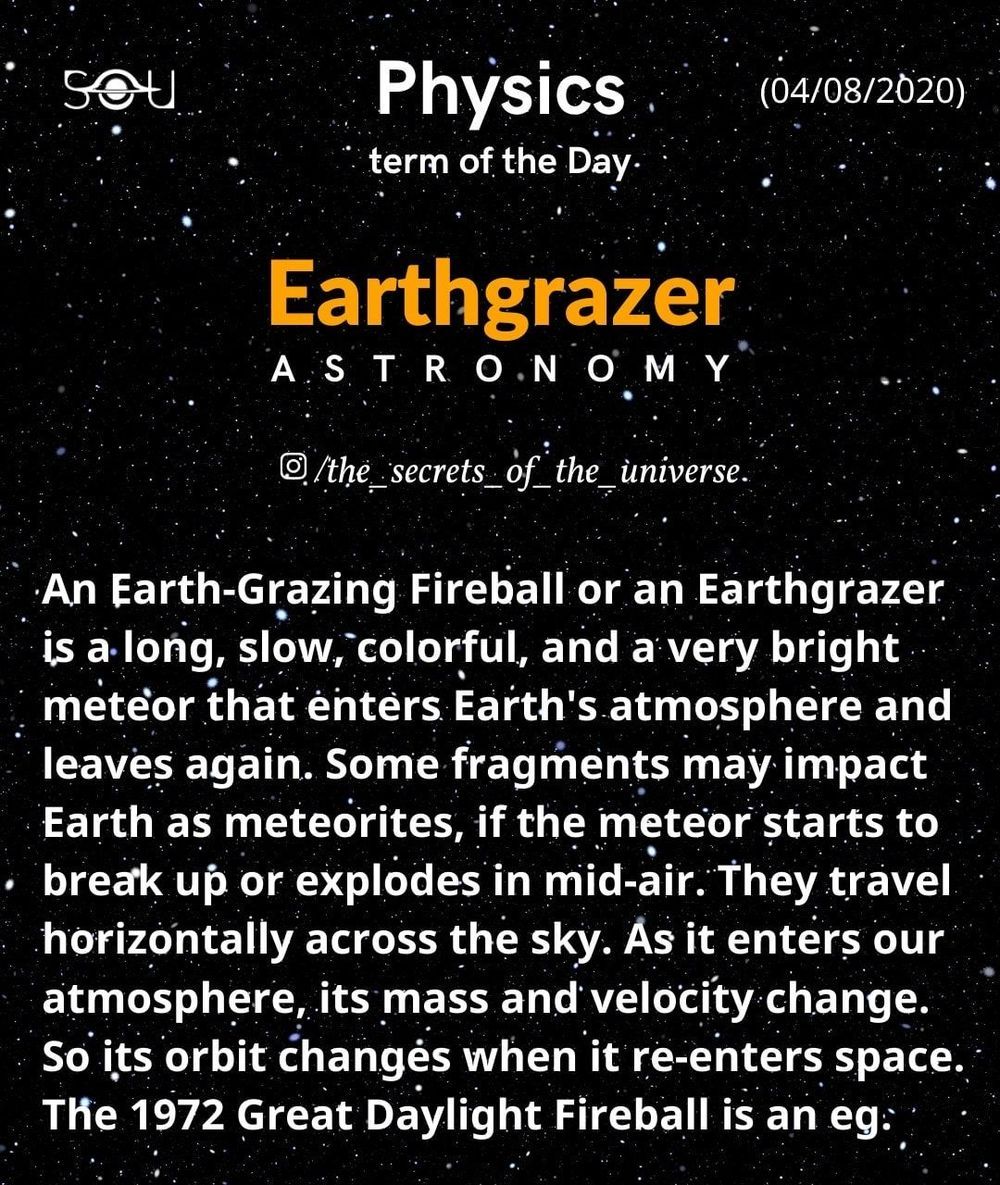
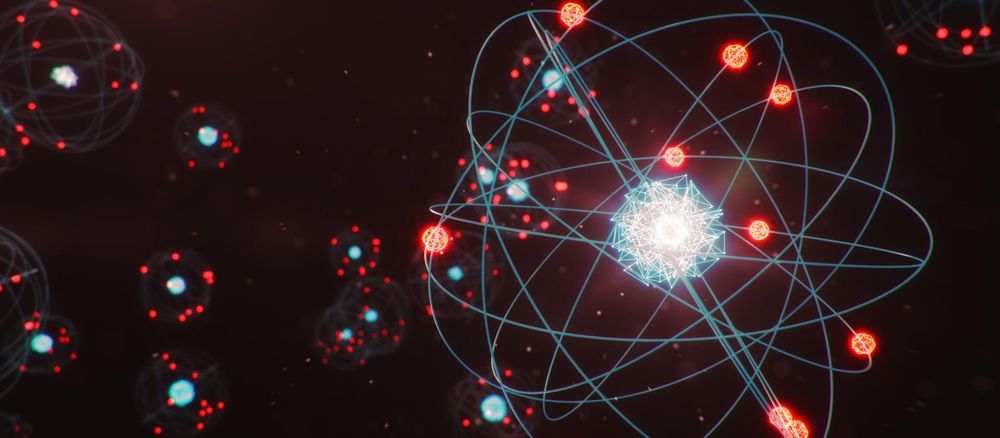
A nuclear physics professor from Florida International University was among a team of researchers that proposed something so out of this world, colleagues first hesitated to accept it was possible.
In 1993, they boldly predicted how the densest materials in the universe—known to exist only in rare neutron stars —could be made here on Earth. Ultimately, their research was published in Physical Review C, a leading academic journal focused on nuclear physics.
It spawned a wave of follow up research that in 2006 confirmed their prediction was true. For the tiniest sliver of a second, researchers at the Thomas Jefferson National Accelerator Facility in Virginia were able to briefly create the material that exists inside a neutron star.
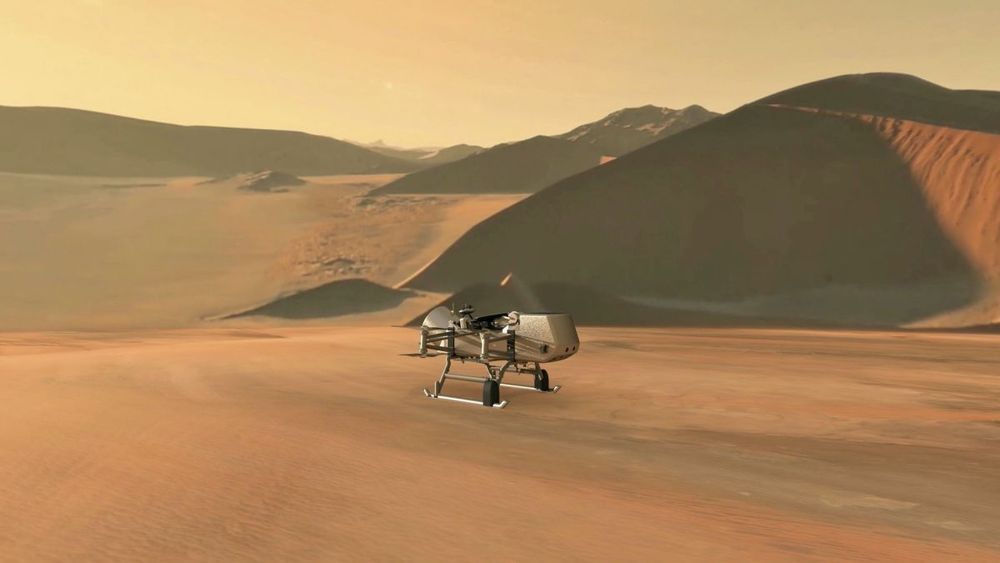
:3 circa 2019.
Drones have already conquered Earth, and now they’re heading out into the solar system.
NASA announced yesterday (June 27) that it will launch a life-hunting rotorcraft called Dragonfly toward Saturn’s huge moon Titan in 2026. If all goes according to plan, Dragonfly will land on the hazy, frigid satellite in 2034 and then spend several years flying around, gathering a variety of data and snapping amazing photos of the exotic landscape.

In December 2019, Donald Trump signed the U.S. Space Force Act, peeling off an orbit-and-beyond branch of the military, much as the Air Force grew out of the Army in the 1940s.
For now, the Space Force still resides within the Air Force, but nearly 90 of this year’s approximately 1000 Air Force Academy graduates became the first officers commissioned straight into the new organization. Some of those graduates were members of an academy group called the Institute for Applied Space Policy and Strategy (IASPS). Featuring weekly speakers and formalized research projects the students hope to turn into peer-reviewed papers, the group aims to game out the policies and philosophies that could guide military space activity when they are old enough to be in charge. In particular, these young cadets are interested in whether the Space Force might someday have a military presence on the Moon, and how it might work with civilians.
That activity could put the Space Force in conflict with scientists, who typically view the cosmos as a peaceful place for inquiry. But part of the club’s mission is speculating about that interplay—between the military and civilian scientists, civil space agencies, and private companies. Cadet J. P. Byrne, who will graduate in 2021, is the group’s current president. He chatted with ScienceInsider about the institute’s work. This interview has been edited for length and clarity.
Q: What does IASPS hope to accomplish?
A: Our main goal is to develop space-minded cadets not just for the Air Force, but also for the Space Force. It’s really important to know how space works, and we like to think we drive the conversation for space information in an unclassified setting.
Q: What, as an Air Force Academy cadet, interests you about space?
A: I actually wanted to be a pilot originally. But going into my junior year, seeing all the developments, I started really enjoying space. You hear this idea of a “new space era” a lot. When I think about that, it reminds me of the early excitement about the powered aircraft of the early 20th century, in that we get to explore ideas that haven’t been thought of yet. A lot of people say it’s human destiny to explore space. To me, it’s more adventuring into the unknown, or at least the less known.
Future Space Force officers explore how military might interact with NASA on the Moon.
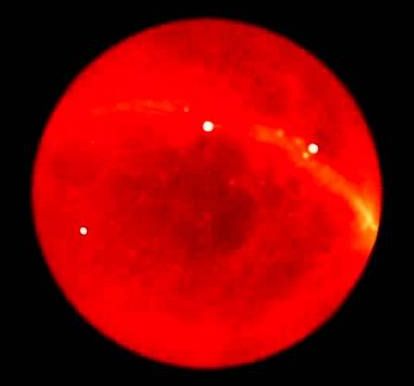
Circa 2015
A nighttime shot shows some of the antennas of the Owens Valley Long Wavelength Array in California, with the center of our galaxy in the background. (Credit: Gregg Hallinan)
The Owens Valley Long Wavelength Array (OV-LWA) is already producing unprecedented videos of the radio sky. Astronomers hope that it will help them piece together a more complete picture of the early universe and learn about extrasolar space weather—the interaction between nearby stars and their orbiting planets.
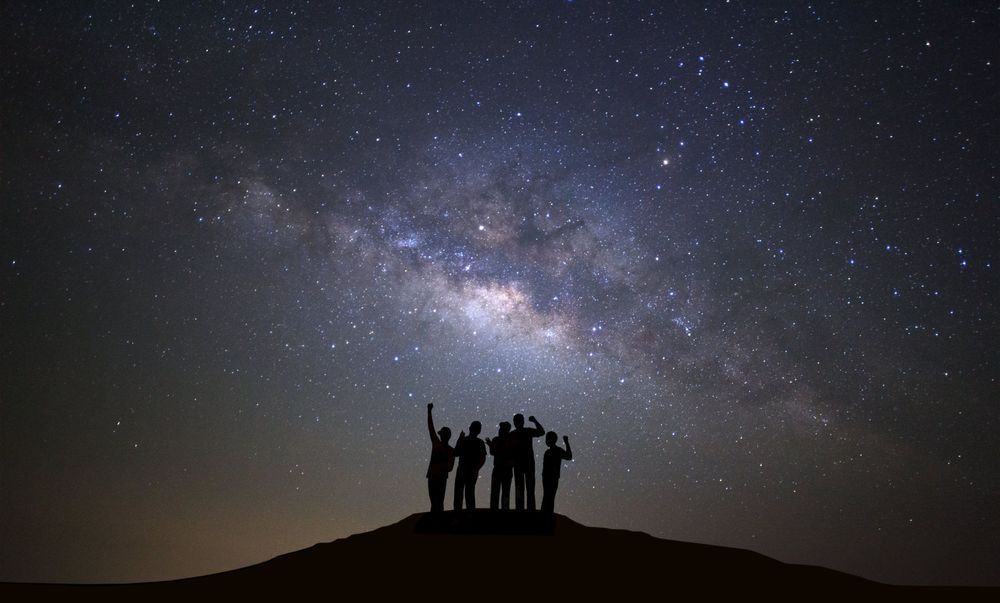
SYDNEY, Australia — When you look up at the night sky, which constellations can you make out? Can you spot the Big Dipper? Do you see Orion’s Belt? Counting stars is pretty difficult in areas with lots of light, like major cities. A study says even in the clearest skies, you’re still seeing turbulence in the atmosphere that makes stars twinkle. Want a truly perfect view of outer space? An international research team has found the spot, but you’ll need to bundle up. It’s in Antarctica!
Stars aren’t supposed to twinkle?
According to the University of New South Wales, turbulence causes light coming from stars to bend as it reaches the Earth’s surface. That instability in the air gives stars their trademark twinkling effect.